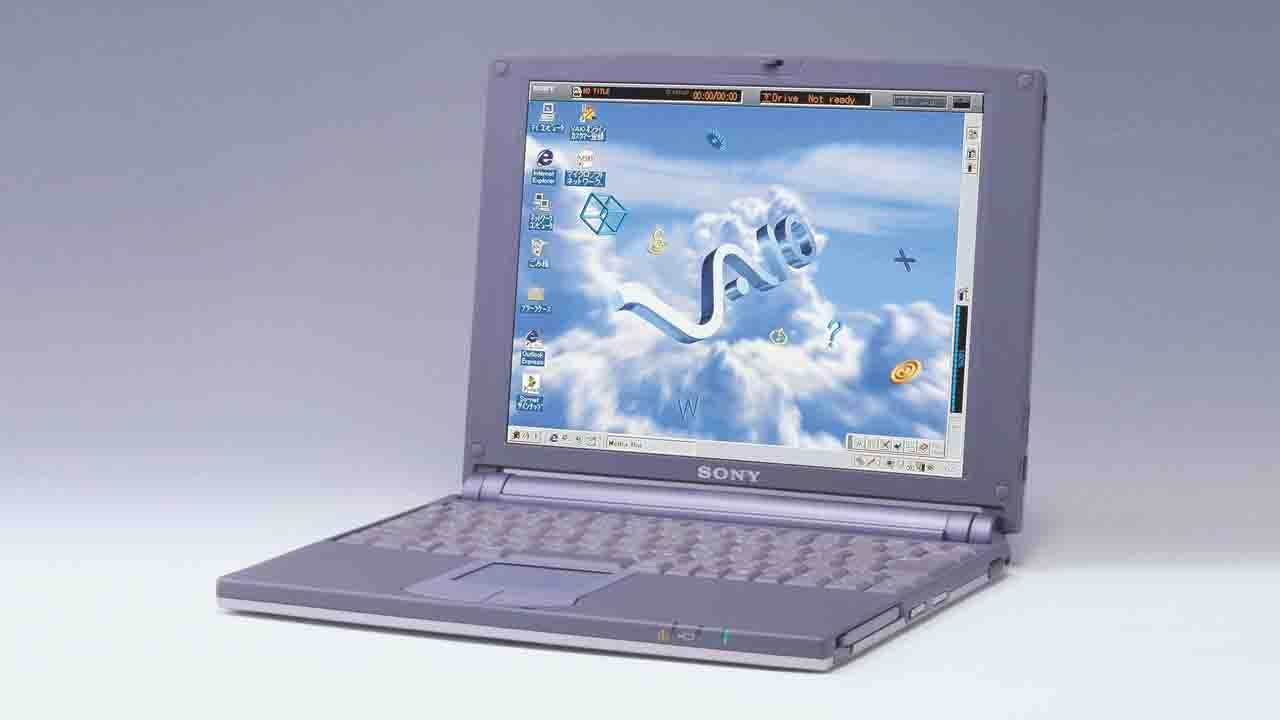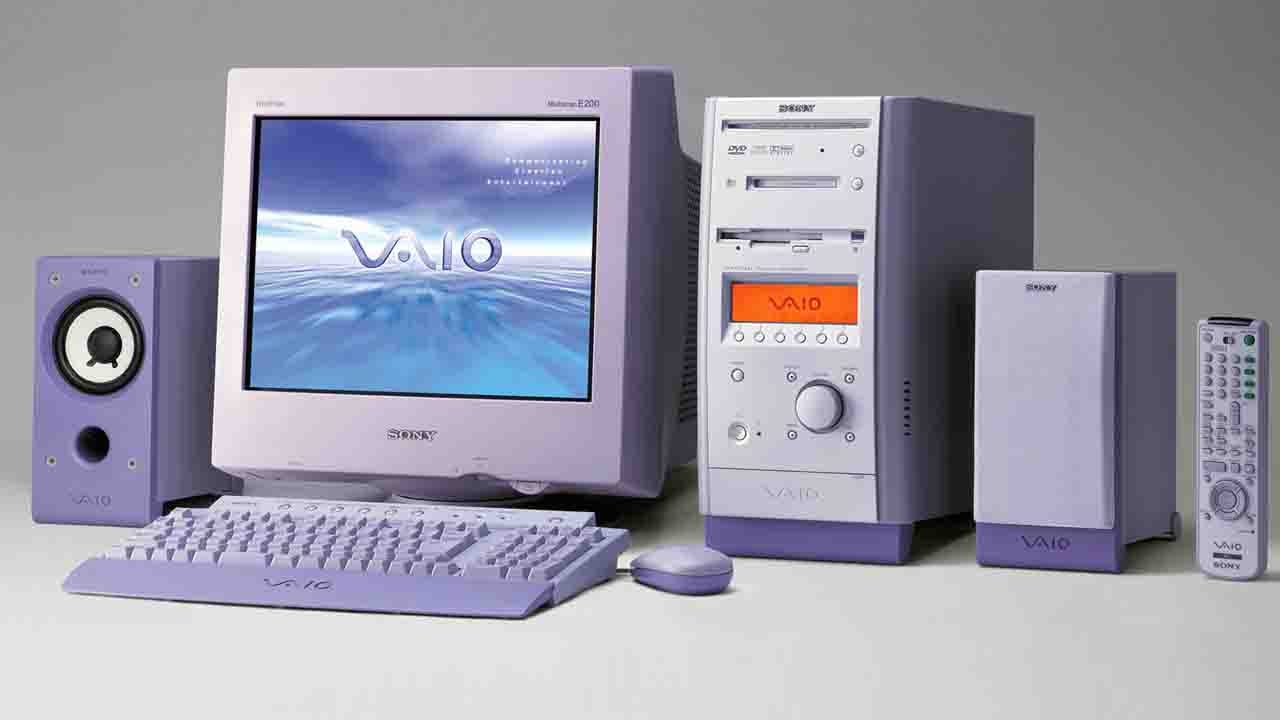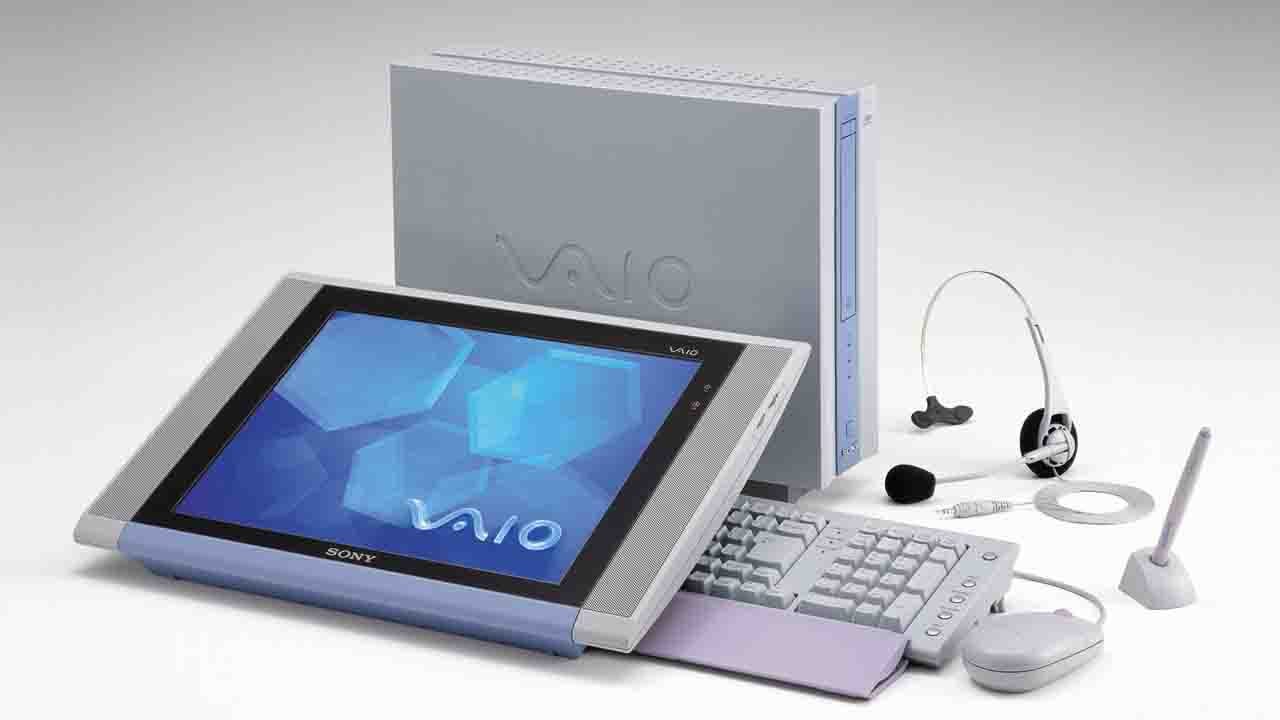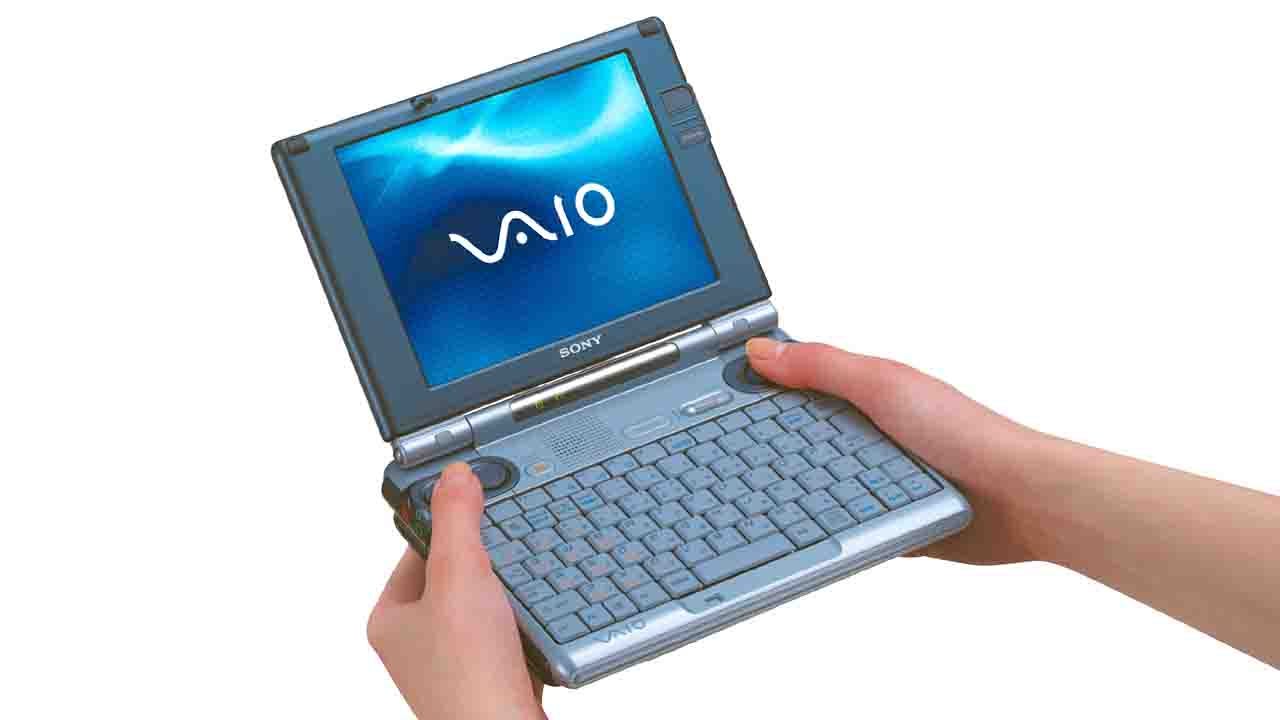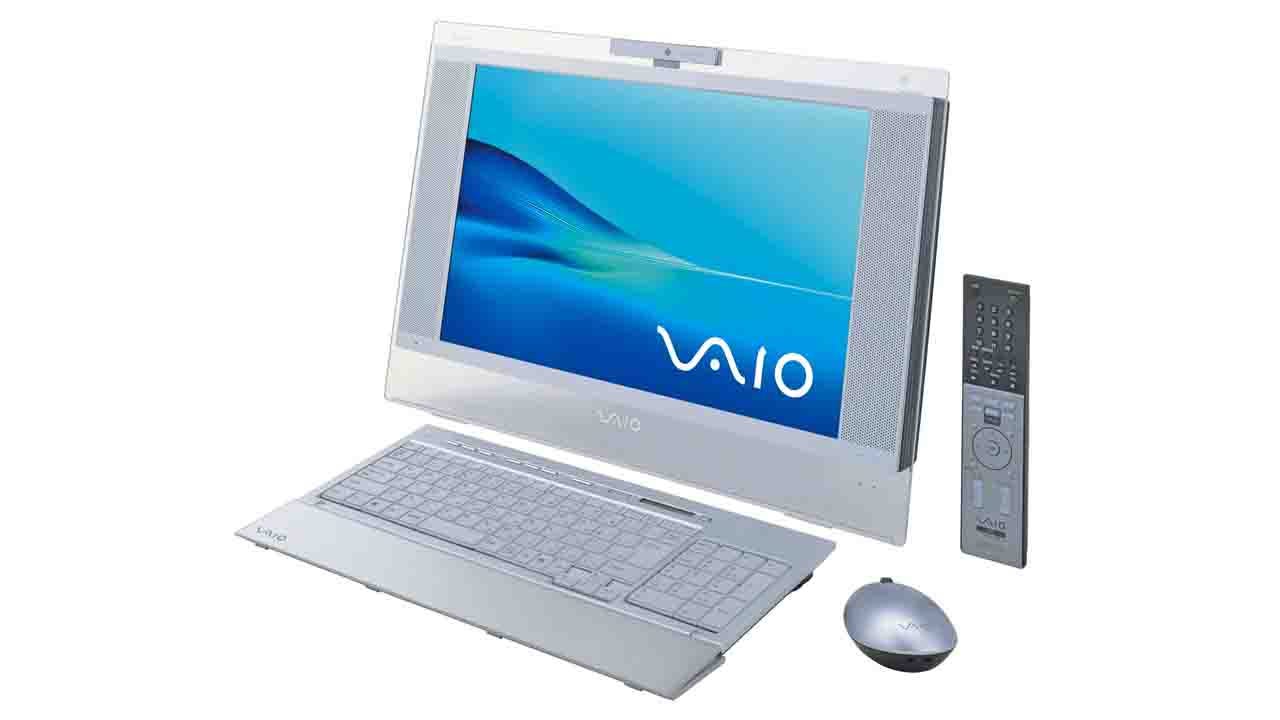5 Sony VAIO Designs That Changed the Look of Personal Computers
Because Sometimes, Looking Good Is Enough
Sony’s VAIO line is renowned for its innovative and stylish personal computers. From the early days to the last models, VAIO has consistently pushed the boundaries of design and technology. Here’s a look at five iconic VAIO designs that made a significant impact on the aesthetics of personal computers.
VAIO PCG-505 (1997)
Released in 1997, the VAIO PCG-505 was a major leap forward in portable computing. It was one of Sony’s first laptops to combine a sleek, thin design with strong performance. Its slim profile and elegant finish set new standards for what laptops could look like. The PCG-505 helped establish VAIO as a brand known for its stylish and innovative products.
PCV-MX1V7 (2000)
The PCV-MX1V7, introduced in 2000, was a groundbreaking desktop PC that integrated high-quality audio. It featured built-in speakers and an amplifier that provided sound quality you wouldn’t expect from a computer. With its MiniDisc slot and eye-catching LCD display, this model showed how Sony could blend multimedia features with striking design.
PCV-LX80/BPK (2000)
Also from 2000, the PCV-LX80/BPK was known for its unique design and flexibility. Its tablet-like LCD screen could tilt up to 65 degrees, offering versatile viewing options. The deep keyboard that extended over the palm rest made typing more comfortable. This model was a great example of Sony’s focus on combining practicality with stylish design.
PCG-U1 (2002)
The PCG-U1, launched in April 2002, was the world’s smallest and lightest laptop running Windows XP at the time. Its compact design made it easy to carry while still providing full computing capabilities. The PCG-U1 proved that small size didn’t have to mean sacrificing functionality, making it a standout in portable computing.
VGC-LA70B (2006)
The VGC-LA70B, released in 2006, was a reimagining of the traditional desktop computer. Known as the “type L,” it combined features of both a notebook and a desktop into a “board PC” design. Its sleek, all-in-one form and elegant look made it fit perfectly in any modern home, showing how Sony could blend technology with stylish living.
What Do You Think?
Which of these VAIO designs do you think had the biggest impact on the look of personal computers? There are many more iconic VAIO models to explore, and I’ll cover additional examples in Part 2. Stay tuned for more insights into Sony’s innovative designs and how they’ve shaped the tech world.




